Stephen Clarke lives in Paris and writes book with titles such as 1,000 Years of Annoying the French. Dirty Bertie is a book in the same line — a comic history which manages to combine his brand of jaunty, bawdy humour (not mine, I confess) with being genuinely informative about French history.
Clarke claims that there is a gap in the biography of King Edward VII. Biographers have not said nearly enough about Bertie’s jaunts to Paris. He is absolutely right about this. To Bertie’s British biographers Paris is a collection of clichés about grandes horizontales and a few well-worn anecdotes. There’s a story about the courtesan La Barucci, for example, who, when introduced to Bertie, kept him waiting for 45 minutes and then turned round and lifted her skirts to reveal her bare bum. ‘I showed him the best I have and it was free,’ she said. Getting beyond this sort of stuff to the realities of Paris is extraordinarily hard — at any rate in English there just isn’t a literature.
Clarke knows a great deal about Paris and the sexual history of France in the 19th century. The court of Napoleon III and the Empress Eugénie was constructed around the Emperor’s voracious sexual appetites. Eugénie (who was relatively well-behaved) surrounded herself with a circle of nubile ladies-in-waiting with nicknames such as Salopette or Cochonette, meaning slut or sex-mad. Eugénie and her ladies were famously painted in low-cut dresses by Winterhalter. (A much more fleshy version of this painting known as ‘Florinda’, showing scantily draped nudes in the same poses, was given by the allegedly prudish Queen Victoria to Prince Albert and hung over their twin desks at Osborne.) The short, sex-addicted Napoleon III with his absurd moustache created a court which functioned like a ritualised brothel.
The rebuilding of Paris by Napoleon III was partly about making it a capital for sexual tourism. The flâneur could cruise the wide boulevards, picking up women as he strolled. Fashionable restaurants such as the Café Anglais or the Maison d’Or had a respectable public room downstairs where married women could be seen. A side entrance led to a hidden staircase where courtesans entertained their clients in private cabinets. It was in a cabinet at the Café Anglais that Bertie’s friend Cora Pearl had herself served up at a dinner party lying naked on a huge dish.
Napoleon III’s Paris was destroyed by the Commune and the siege. But by 1874 Bertie was back again. The 1880s was the era of Montmartre and the Moulin Rouge. ‘Hey, Wales, you paying for the champagne?’ shouted the can-can dancer La Goulou. ‘Mademoiselle La Goulue, you have the prettiest legs in Paris,’ said the prince, and asked her out to dinner. There is a lot here about Le Chabanais, the brothel which contained the royal love seat that Bertie is said to have designed. This puzzling piece of furniture was ‘half gynaecologist’s chair, half bobsled’. Clarke understands its uses far better than Bertie’s biographers.
He contends that the city’s night life taught Bertie the skills which qualified him to become a successful British king. But in spite of knowing so much about Paris, Clarke comes up against the problem which has stumped the biographers — of how to get beyond the anecdotes. He claims, for example that the visit which the 20-year-old Bertie made to the imperial court at Fontainebleau in 1862 was crucially important, as it was here that Napoleon III probably gave him a ‘fatherly pep-talk’ about having lots and lots of sex if you’re royal. Evidence? The visit lasted only one day, and we don’t even know that Bertie stayed the night.
But it would be a mistake to take Clarke too seriously. The point of the book is that Bertie is a peg on which to hang a knock-about romp about the Paris sex trade. And there is plenty to say about that.
Got something to add? Join the discussion and comment below.
Get 10 issues for just $10
Subscribe to The Spectator Australia today for the next 10 magazine issues, plus full online access, for just $10.
Available from the Spectator Bookshop, £16.50. Tel: 08430 600033. Jane Ridley is the author of Bertie: A Life of Edward VII.
You might disagree with half of it, but you’ll enjoy reading all of it. Try your first month for free, then just $2 a week for the remainder of your first year.

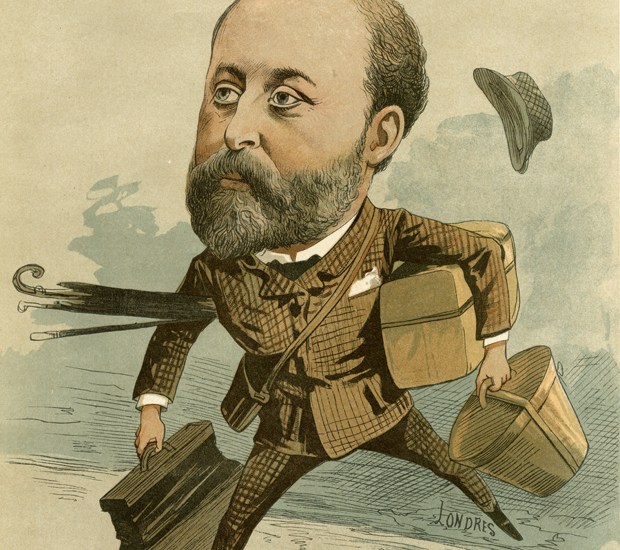
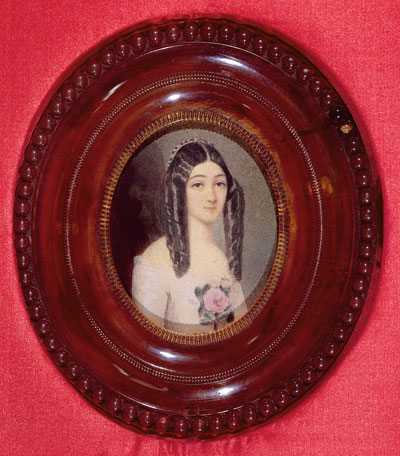
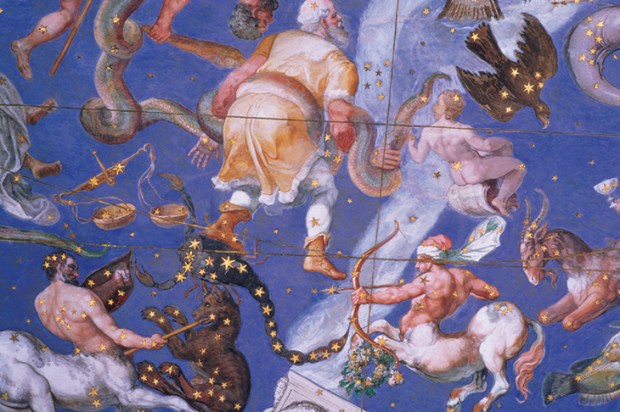
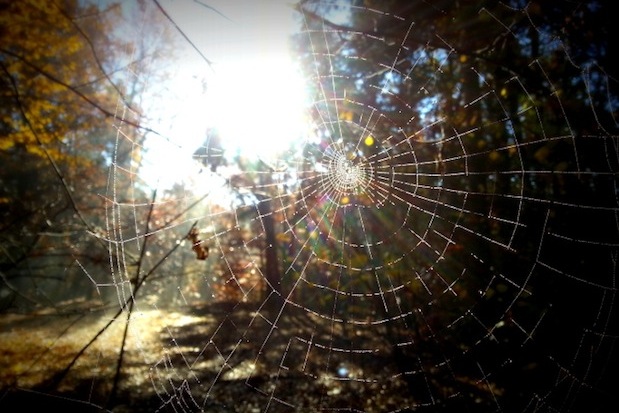
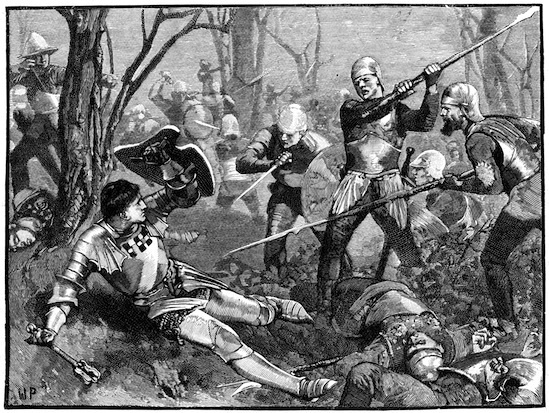
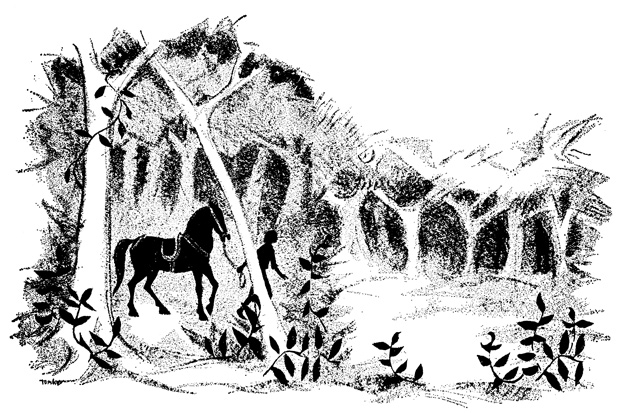
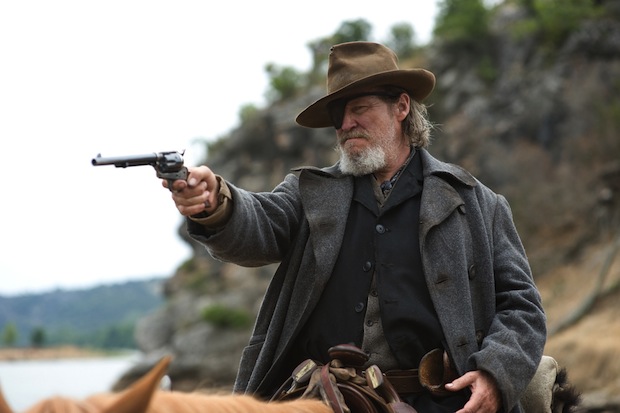






Comments
Don't miss out
Join the conversation with other Spectator Australia readers. Subscribe to leave a comment.
SUBSCRIBEAlready a subscriber? Log in